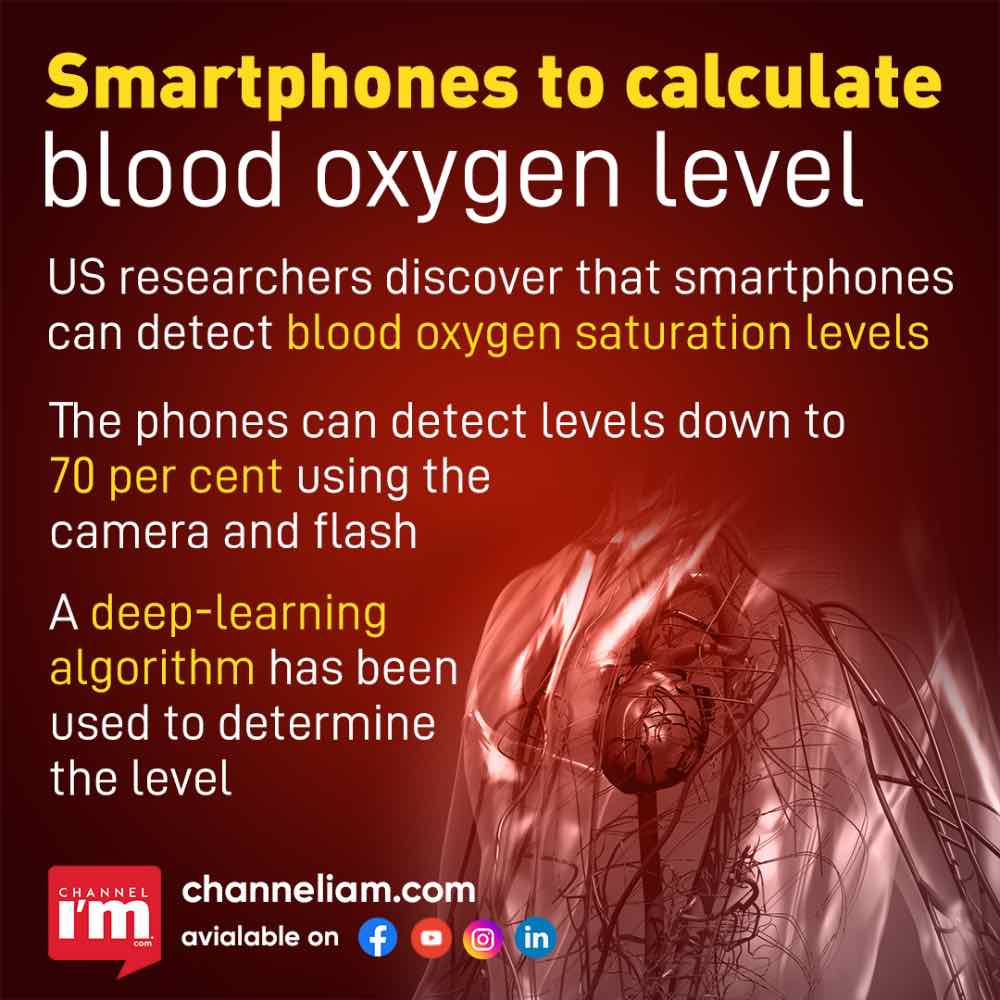
A team of researchers in the United States has discovered that smartphones can detect blood oxygen saturation levels down to 70 per cent. This lowest measure is usually measured by a pulse oximeter.
The proof-of-principle research was carried out by researchers at the University of Washington and the University of California San Diego. The participants were asked to place their finger on the camera and flash of a smartphone. The blood oxygen level was detected using a deep-learning algorithm.
As part of the research, the team administered a controlled mixture of nitrogen and oxygen to six subjects to artificially bring down their blood oxygen levels. The smartphone accurately predicted low blood oxygen levels 80 per cent of the time.
During the experiment, the participants wore a standard pulse oximeter on one finger and placed the other finger on the smartphone’s camera and flash. With every heartbeat, the camera recorded a video of fresh blood flowing through the part illuminated by the flash. The camera recorded how much that blood absorbs the light from the flash in each of the three colour channels it measures – red, green, and blue. The data gathered by the researchers were used to train a deep learning algorithm to pull out blood oxygen levels, validate the method and perform on new subjects.
There are other smartphone apps for measuring blood oxygen levels, but they ask participants to hold their breath. Mostly, people would get uncomfortable after a minute or so. The researchers of this project could gather 15 minutes of data from each subject. According to co-lead author Jason Hoffman from the University of Washington, their data shows that smartphones could work well in the critical threshold range.
Since almost everyone owns a smartphone, this technique would let people do multiple measurements for no cost or low cost at their convenience. There would be no need to rush to the emergency department every time.
